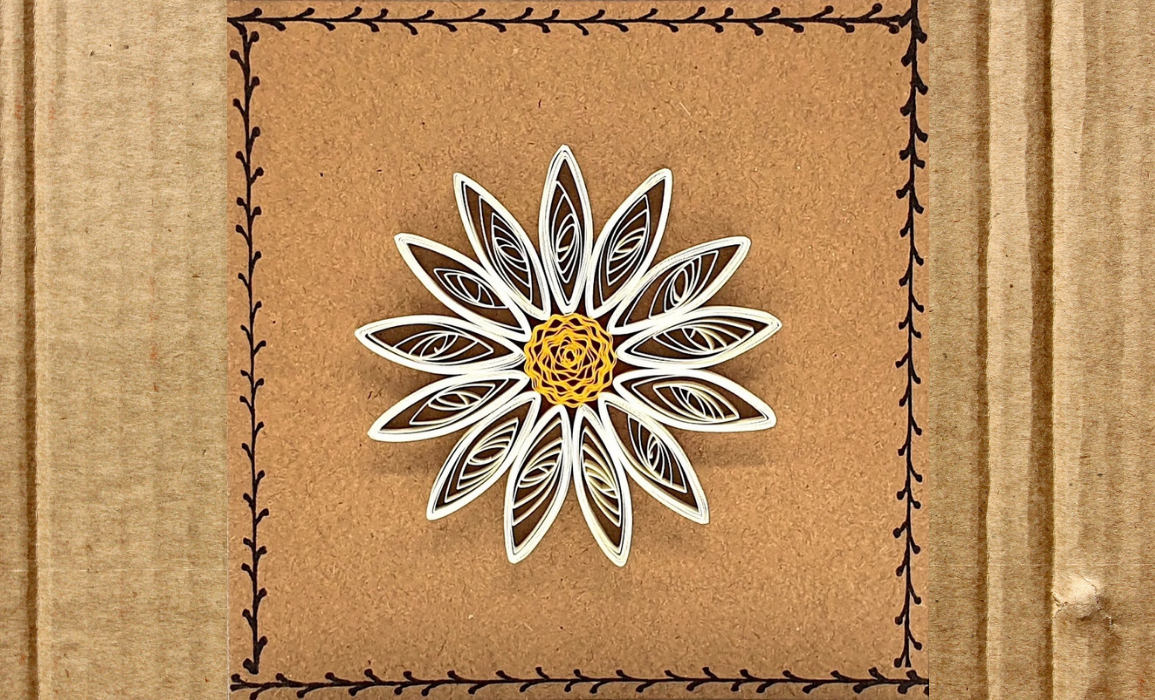The History of Quilling – Art takes on many mediums and one that has recently resurfaced as an affordable hobby for people of every age and background to enjoy is quilling.
Paper Quilling is a hand-craft art. It is a beautiful and very old paper art technique that involves the use of small strips of paper that are rolled, looped, curled, twisted, and otherwise manipulated to create shapes that are glued together to form decorative designs. Also known by many other names such as paper-rolling, paper-scrolling, filigree, and paper mosaic it has a rich history behind it.
Due to the long history, the origins are quite difficult to trace back to exactly when or how the quilling art was started. Some think it began just after the invention of paper in China, 105AD. However, other sources state that quilling was practised in Ancient Egypt.
Around 300-400AD, people used these techniques to roll silver and gold threads around pillars, vases and jewellery as well as combining them with gemstones. In the 1200s, this art form became very popular and was known as metal filigree until coloured metals, silvers, gold became more difficult and expensive to craft. This led to colourful paper replacing the previous method due to its practical and economic benefits, changing to paper filigree.
More recently quilling has been practised as an art form in Renaissance France and Italy as well as in 18th century England. During the Renaissance, French and Italian Nuns and Monks used strips of paper trimmed from the gilded edges of books and goose feathers to quill and decorate book covers and religious items as a way of simulating carved ivory and wrought iron. When the paper quilling was gilded, it was hard to distinguish from metal, making it a good option for struggling churches. The use of goose feathers gave rise to the term “quilling”.
In the 18th century, quilling became increasingly popular in Europe where “ladies of leisure” practised the art. It was one of the few things that women were able to do that was considered not too taxing for their minds or gentle character. It also became a trend and a hobby for many young women which later was taught in schools. The young women of the upper-class who would have had the time and materials to practice this meticulous art form could demonstrate their craftiness by decorating cupboards, tea-caddies, cabinets, card tables, toolboxes, wine-vases, furniture etc.
It was certainly still popular in the early 1800s (The Regency Period), but its popularity waned in the late 1800s where an attempt to re-introduce it was made but unfortunately was not too successful.
Fortunately, quilling made its way to America and experienced a revival there.
People practising quilling today have many options for tools and an array of different weights, qualities, and thicknesses of the paper. Quilled greeting cards, jewellery, bowls, ornaments, and portraits are some examples of contemporary quilled designs of today.
Millennium Milli


